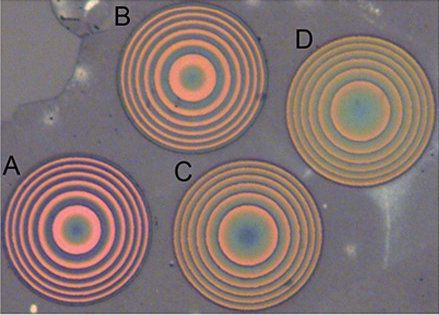The CDC is investigating another 162 suspected cases of the rare, non-contagious infection that has baffled doctors since 2014.




A team of Chinese researchers has conducted an experiment that is nicknamed the “Chinese artificial sun” using the Experimental Advanced Superconducting Tokamak (EAST) fusion device. The EAST device has been conducting a four-month-long experiment with the goal of seeing how hot the electron temperature inside the fusion device could be. The scientists were able to achieve an electron temperature in the core plasma of over 100 million degrees.

The number of children being stricken by a mysterious paralyzing condition continues to increase, federal officials say.
At least 252 cases of acute flaccid myelitis, or AFM, have been reported to the Centers for Disease Control and Prevention so far this year from 27 states, including 90 that have been confirmed through Nov. 9, the CDC reported Tuesday.
Most of the cases have occurred among children between the ages of 2 and 8.


After years of speculation, Tesla finally confirmed today that Model 3 is getting a CCS Combo 2 plug in Europe and an adapter is coming for Model S and Model X.
With growing third-party fast-charging infrastructure in Europe, electric vehicle owners are starting to have many options.
Tesla owners have access to those networks on top of Tesla’s own Supercharger networks, but they had to use an expensive CHAdeMO adapter, which has its own limitations and isn’t yet compatible with Model 3.

Russia has revealed a “spacecraft of the future” that could one day put humans on Mars.
Roscosmos showed off concept designs for the sci-fi spacecraft – but failed to say exactly when it would launch.
The spaceship is currently in development at Russia’s Keldysh Research Centre, which is racing to create the nuclear propulsion engine.
The VERITAS collaboration recently discovered a binary system with a very high-energy gamma-ray neutron star, the rarest and most extreme known object in the Universe.

